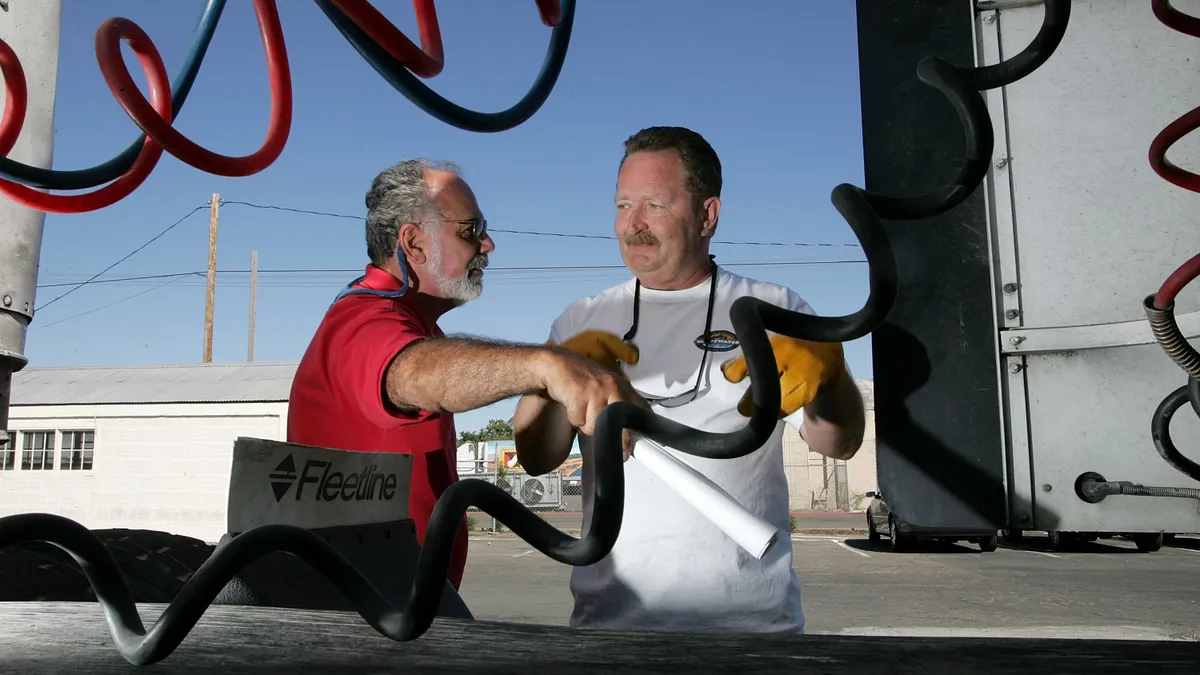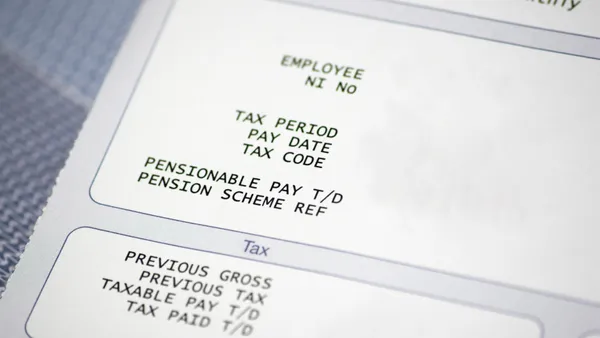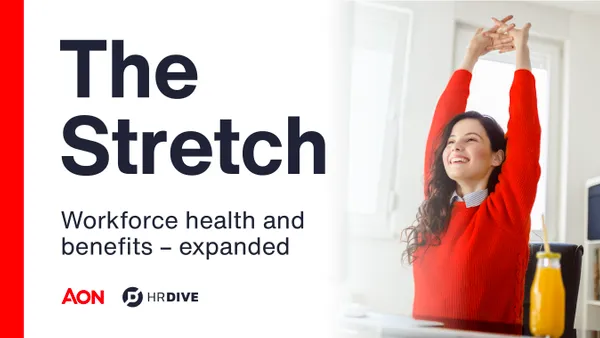Dive Brief:
- Some non-driving U.S. commuters have reason to celebrate in 2016, as Uncle Sam has given them a bigger tax benefit for their hard-earned transportation outlays, according to the New York Times.
- Those who are part of an employer’s commuter benefits package can now reserve the identical amount they spend pre-tax, putting them on equal footing with co-workers who take their cars to work (and can deduct parking pre-tax).
- The disparity was due to a law that was more generous to those who drove and parked compared to those who ride via public transportation, but that disparity is no longer a reality thanks to Congress, the Times reports.
Dive Insight:
“The change is now permanent,” Daniel Neuburger, president of commuter services at WageWorks, a benefits administrator, told the Times, referring to the fact that there had been temporary periods where the two differing commuting modes were treated equally tax-wise.
According to the Times, drivers could shield up to $250 per month for parking, while riders had their fees capped at $130. Now they are both at the $255 per month mark. And while there is a retroactive aspect to the tax, employers need to get further IRS information before that aspect can be implemented.
The good news is that even though open enrollment periods for 2016 benefits are over, commuter benefits typically are available year-round, so it's not too late to update the situation for transit riders, David Judd, vice president for business development at Edenred Commuter Benefit Solutions, told the Times. Also, the Times notes that those who combine both driving/parking and riding to work (parking at the train station) "may be eligible for pretax savings" on both modes of transportation.










